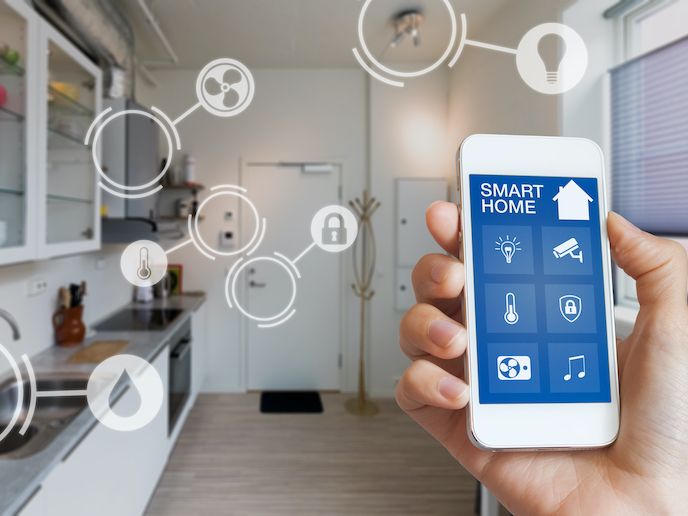Digital twins offer a ‘breathing blueprint’ for modern construction projects
Despite the impressive growth of the building construction market over the last decade, the sector has struggled with stagnant productivity. This is largely attributed to increased labour costs, inefficient working conditions, declining interest from younger generations and safety concerns. However, as the global population grows, the need for safer, more efficient and sustainable buildings becomes imperative.
An accurate, flexible and responsive tool for managing construction projects
The EU-funded BIMprove(opens in new window) project was established to tackle these challenges. “BIMprove’s mission has been to create a dynamic metrical building model – a digital twin – that evolves beyond static building information modelling (BIM),” notes project coordinator Gabor Sziebig. “This innovative technology promises real-time monitoring of construction sites, enhanced resource scheduling and improved work planning.” Integrating a blend of technologies – artificial intelligence, augmented/virtual reality, unmanned aerial vehicles and wearable tools – these elements help streamline the digital transformation of the construction sector. With access to real-time information, construction sites can identify and predict potential problems at an early stage, control resources effectively and minimise waste, all while maintaining high safety standards.
System components
On the hardware side, the digital twin system contains a cloud-based data integration service. This platform facilitates the exchange of information and data processing through modular application programming interfaces. Ground robots and drones capture visual data in construction sites. Both use a path planning system to navigate the worksite – capturing images, 3D scans to provide point-clouds and thermal pictures. To control the robot remotely and launch autonomous functions from a great distance, a new 2.4 GHz Wi-Fi-based connection with a higher gain antenna was developed. To address the issue of indoor drones lacking absolute position and orientation, project members developed a BIM-modelled landing base. This helps correctly locate the drone and align its onboard measuring devices with the global frame. The base station recharges the drone automatically after landing. Project members have also developed technology to track workers’ activity using mobile beacons in helmets and stationary ones placed in the ceiling centrally in the zones they cover. This beacon system enables real-time logging and display of worker presence and is scalable for large sites.
Project impact extending to many areas
BIMprove has been instrumental in enhancing the operation efficiency in the construction sector, addressing over 78 % of the primary inefficiency causes in the industry. The project has also paved the way for standardising digital twins at a European scale. It has initiated the development of a CWA for ‘Position markers for digital applications on construction sites, structural monitoring and BIM applications’. This will aid in the use of drones and robots on building sites. BIMprove has also established a liaison with CEN/TC 442 ‘Building Information Modelling (BIM(opens in new window)’) and the CEN/TC 442/WG 9 ‘Digital twins in built environment’(opens in new window). “BIMprove addresses over 90 % of factors contributing to construction accidents, aligning with the plan for 50-80 % fewer accidents. BIMprove’s impact also extends to cost reduction on construction projects, addressing over 65 % of the main causes for cost overruns. The estimated impact of the newly developed technologies on these inefficiency factors is 87 %,” concludes Sziebig.







